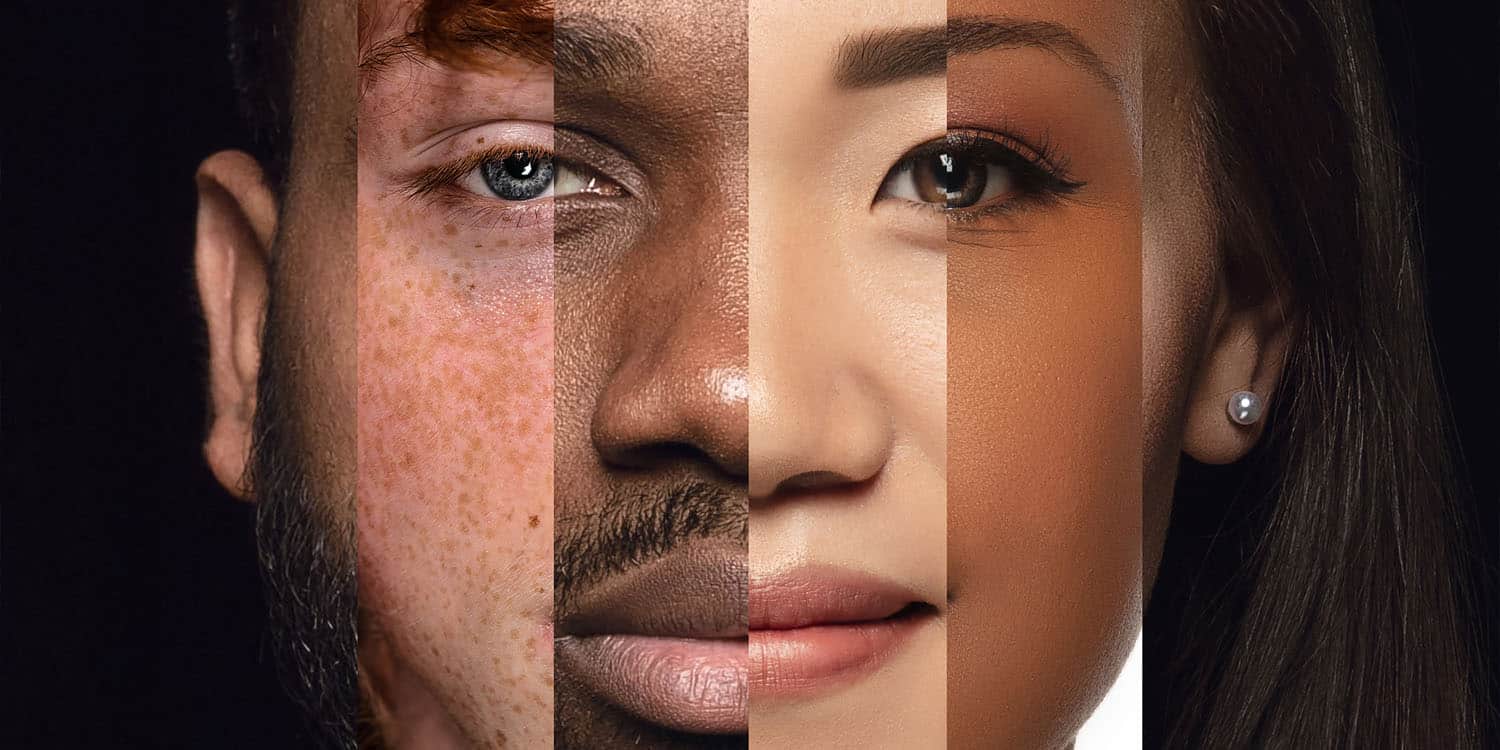The debate surrounding aesthetic value has intrigued philosophers, artists, and critics for centuries. Is beauty something universally identifiable, or is it entirely subjective, shaped by individual tastes and cultural contexts? This question sits at the heart of philosophical discussions about art, nature, and human perception. While no definitive answer exists, the question of whether there can be an objective standard for aesthetic value remains one of the most fascinating and contested topics in philosophy.
In this article, we explore the nature of aesthetic value, examine the arguments for and against its objectivity, and discuss how various fields—philosophy, art, psychology, and culture—interact to shape our understanding of beauty and aesthetics.
1. Defining Aesthetic Value
At the core of any discussion of aesthetic value is the question of what exactly “aesthetic” means. Broadly speaking, “aesthetic” refers to anything related to the perception or appreciation of beauty, art, and taste. This includes both the emotional reactions we have to art and natural beauty and the criteria by which we evaluate or judge these experiences.
Aesthetic value can be understood in two key ways:
- Intrinsic Aesthetic Value: This refers to the inherent qualities of an object or artwork that elicit a particular emotional or intellectual response. For example, the symmetry of a classical sculpture or the harmony of a musical composition might be considered to possess intrinsic aesthetic value.
- Extrinsic Aesthetic Value: This involves the context in which an object is experienced. A piece of street art may not seem remarkable in isolation, but its aesthetic value may be deeply tied to the social and political circumstances surrounding its creation or location.
Understanding the concept of aesthetic value in these two ways allows us to appreciate the diversity of opinions about what constitutes beauty and how it is recognized across different cultures, societies, and eras.
2. The Case for Objectivity in Aesthetic Value
Advocates for the objectivity of aesthetic value assert that beauty can be recognized through universal standards, independent of personal tastes or cultural backgrounds. There are several arguments supporting this view, which we will examine below.
2.1. Aesthetic Universals
The most compelling argument for the objectivity of aesthetic value comes from the notion of aesthetic universals—features of art and nature that appear to have universal appeal across different cultures and historical periods. These include qualities like symmetry, proportion, and balance, which are often recognized as beautiful regardless of the viewer’s individual preferences.

For example, studies have shown that faces with greater symmetry are often perceived as more attractive, regardless of cultural background. Similarly, patterns of natural beauty, such as the golden ratio (a mathematical proportion often found in nature), appear to evoke a sense of harmony and order across cultures. Proponents of aesthetic objectivism argue that these shared preferences suggest that certain aesthetic qualities are universally recognized and appreciated, and thus can be said to have objective value.
2.2. Evolutionary Psychology and Aesthetic Judgment
From an evolutionary standpoint, humans have developed a preference for certain visual and auditory patterns that indicate health, safety, or other beneficial qualities. For instance, we may be drawn to certain colors or shapes that signal fertile land, abundant resources, or the presence of a healthy mate. These preferences, according to evolutionary psychologists, are hardwired into our brains, suggesting that aesthetic judgments are not entirely subjective but have an evolutionary basis in survival and reproduction.
Therefore, aesthetic value might not simply be a matter of individual preference but rather a deeply ingrained part of human biology that transcends individual and cultural boundaries.
2.3. Philosophical Arguments: Plato and Kant
Historically, philosophers such as Plato and Immanuel Kant have argued that beauty is an objective quality that can be discerned through reason. Plato, for example, believed that beauty was a reflection of a higher, eternal form—something perfect and immutable. According to Plato, what we perceive as beautiful in the world is only a shadow of this ideal beauty, which can be understood through intellectual contemplation.
Immanuel Kant, in his Critique of Judgment (1790), also contended that aesthetic judgments have a universal quality, although his position was more nuanced. He argued that beauty could be experienced in a disinterested way—meaning that aesthetic appreciation does not depend on personal desires or practical concerns. This, he believed, was a universal feature of beauty, even if individual tastes varied.
While both Plato and Kant’s views are deeply rooted in metaphysical and epistemological frameworks, their ideas nonetheless support the idea that there is something objective about aesthetic experience, even if our individual responses to art or beauty may differ.
3. The Case for Subjectivity in Aesthetic Value
On the opposite side of the debate, critics argue that aesthetic value is inherently subjective. From this perspective, beauty does not exist as an objective feature of objects but is instead a product of individual experience, cultural conditioning, and historical context.
3.1. The Role of Culture and Context
One of the strongest arguments for the subjectivity of aesthetic value comes from the observation that beauty standards vary widely across cultures and historical periods. What is considered beautiful in one culture may not be valued in another. For instance, traditional Western standards of beauty—such as slimness or fair skin—are not universally admired. In some cultures, fuller body types or darker skin are considered more attractive.
Additionally, aesthetic standards evolve over time. The art of the Renaissance, with its emphasis on idealized human forms, is quite different from the abstract or conceptual art movements of the 20th century. These changes suggest that beauty and aesthetic value are shaped by social, historical, and personal factors rather than being intrinsic to objects or works of art.
3.2. Aesthetic Relativism
Aesthetic relativism is the view that aesthetic judgments are contingent on the individual’s personal experience and background. According to this perspective, what one person finds beautiful may not be appreciated by another person. For example, one person may be moved by the grandeur of a classical painting, while another may find contemporary street art more compelling. This relativity of aesthetic preferences suggests that there is no single, objective standard of beauty.

The philosopher David Hume, in his essay “Of the Standard of Taste” (1757), acknowledged that aesthetic judgments are influenced by individual experiences, upbringing, and training. Hume argued that there might be a “standard of taste” that reflects the collective judgments of experts in a given culture, but even these standards are subject to change and are not universally applicable.
3.3. Psychological and Personal Factors
Aesthetic value is also deeply personal, often linked to psychological and emotional states. For instance, individuals may find particular artworks or experiences beautiful because they evoke certain memories or resonate with their personal experiences. A painting may be beautiful not because of its formal qualities but because it reminds someone of a particular place, time, or person.
In this sense, beauty is deeply connected to personal identity and emotional response. As such, it becomes difficult to assert any universal or objective standard for aesthetic value, since everyone’s experiences are unique.
4. The Middle Ground: Can Beauty Be Both Objective and Subjective?
While the debate between objectivity and subjectivity in aesthetic value may seem irreconcilable, some philosophers propose that there may be a middle ground. Rather than seeing aesthetic judgment as entirely objective or completely subjective, some suggest that aesthetic value exists in a dynamic interplay between universal features and personal experience.
For instance, the philosopher Arthur Danto in his work The Abuse of Beauty suggests that beauty might have both intrinsic qualities and context-dependent aspects. A piece of art, for example, may possess objective formal qualities (such as color balance or symmetry), but its full aesthetic value may depend on the viewer’s ability to interpret it within a particular historical or social context.
Similarly, certain universal aesthetic principles—such as balance, harmony, and proportion—may still be subject to personal or cultural interpretations. What one culture considers harmonious may differ from another’s, but there may still be underlying principles that are recognized across various interpretations of beauty.
5. Conclusion
The question of whether there is an objective standard for aesthetic value remains one of the most profound and challenging questions in philosophy. While there are compelling arguments on both sides, it seems that aesthetic value might be best understood as a complex interaction between objective qualities and subjective experience.
Perhaps, rather than seeking a singular, definitive answer, we should embrace the diversity of aesthetic experiences, recognizing that beauty can be both universally identifiable and deeply personal. In the end, aesthetic value may not be a fixed standard but rather a rich, evolving dialogue between our perceptions, cultures, and histories.












































